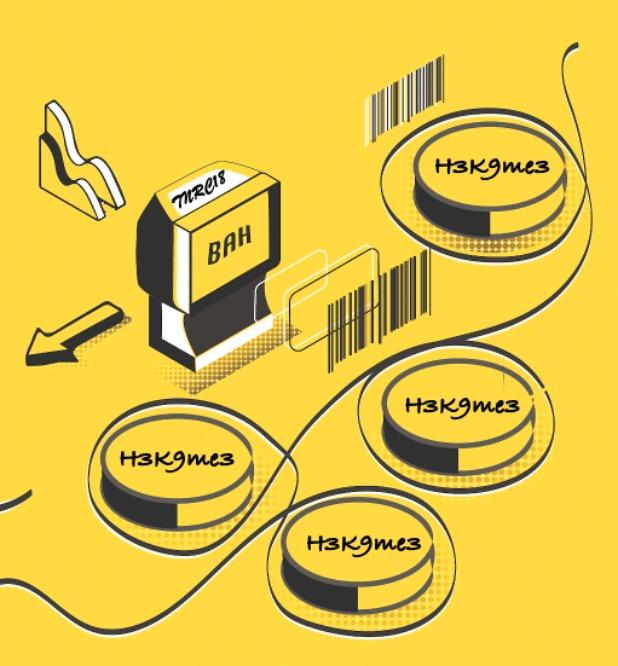
Researchers in the Department of Pharmacology and Cancer Biology and Duke Cancer Institute, Duke University, have identified a new cellular machinery to be responsible for keeping endogenous retroviruses (ERVs) quiet in the mammalian cells.
Almost half of the human genome is made up of transposable elements (TEs). Many of these TEs are retrotransposons such as ERVs. The ERV class of TEs occupies approximately 8% of the human genome and those evolutionarily young ERVs are still capable to ‘jump’ within the genome. To maintain the human genome integrity, TEs are tightly regulated by various silencing mechanisms to keep them quiet. Notably, histone H3 trimethylated at Lysine 9 (H3K9me3), a type of chemical tags typically found at those “closed” genomic region in cells (dubbed heterochromatin), is known to be richly found at ERVs. How exactly cells sense H3K9me3 located at ERVs to keeping the latter quiet is unknown.
Pharmacology and Cancer Biology Department’s Greg Wang, PhD, Professor in the Duke School of Medicine, and his colleagues reported in the November 16, 2023 issue of the journal Nature that an evolutionarily conserved protein module, termed Bromo Adjacent Homology (BAH), within a protein called TNRC18 can serve as a “BAH”-code (barcode) reader that specifically recognizes H3K9me3 at ERVs in the mammals. “This H3K9me3 sensor, TNRC18, functions as an integral component for silencing ERVs in mammalian cells. Some of the TNRC18-silenced ERVs are among the most abundant TE subfamilies. Such as LTR12, which has more than 6,000 copies in the human genome and is considered to be evolutionarily young,” said Wang, the study’s senior author.
Shuai Zhao, PhD, Duke University Department of Pharmacology and Cancer Biology and Pathology, and Jiuwei Lu, PhD, University of California, Riverside, were the study’s first authors. The team led by the other senior author of the paper, Jikui Song, PhD, Professor in University of California, Riverside, generated an atomic view of how the BAH module in TNRC18 binds directly to the H3K9me3 chemical tag.
“We now start to realize that there exists a previously unexplored chapter of important mechanisms that animal cells use for silencing ERVs,” Zhao said. “And based on gene knock-out and mutation knock-in and deep sequencing studies, inactivation of TNRC18 leads to preferential de-repression of ERVs, which then induces a phenomenon called viral mimicry”.
The researchers said they will continue to study the underlying mechanisms behind these proteins and their relationship to biology and diseases with the goal of developing therapeutic approaches. “This work, in essence, reports the discovery of a new H3K9me3 reader and a novel ERV-regulatory pathway, which has far-reaching implications in gene regulation, genome integrity and immunity. We therefore are very excited to see it published”, Wang said.
The research was supported in part by grant funding from the National Institutes of Health. Wang was an American Cancer Society Research Scholar and a Leukemia and Lymphoma Society Scholar. Other research laboratories that participated in the study included Drs. Ling Cai and Yarui Diao from Duke University; Drs. Jesse Raab and Brian Strahl from UNC Chapel Hill; Dr. Alan Tackett from University of Arkansas for Medical Sciences.
The full manuscript can be found at:
https://www.nature.com/articles/s41586-023-06688-z